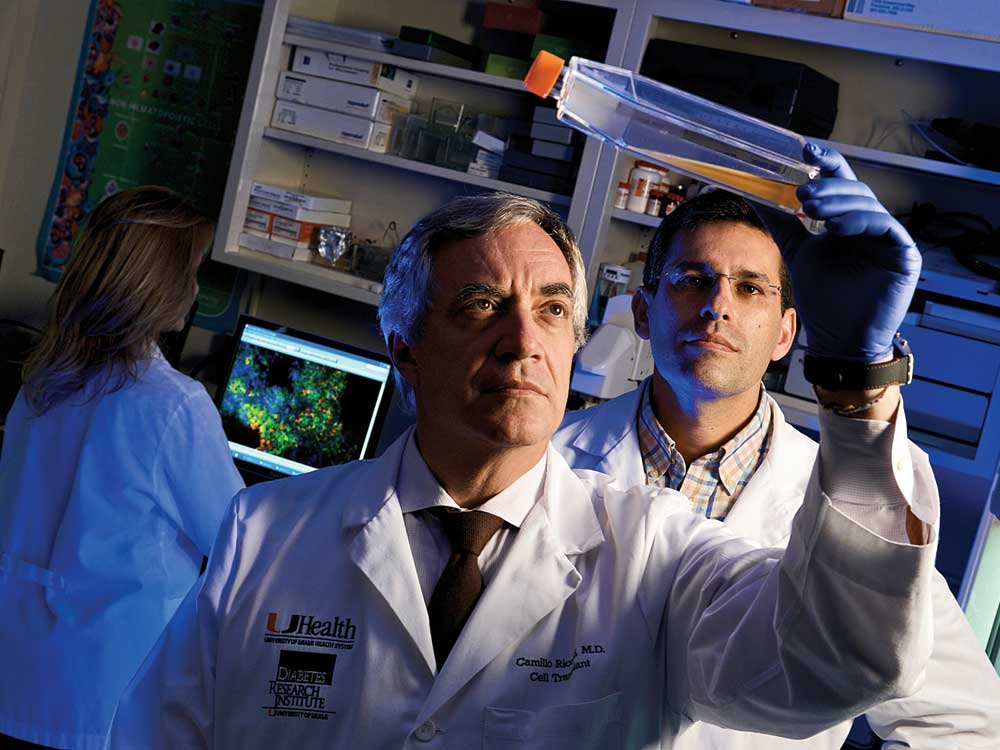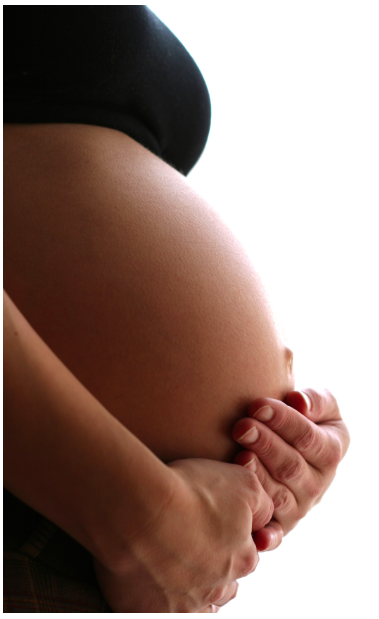A Pancreatic Resurrection?

I awoke Easter Sunday to an email from a woman who had heard about Perle Bioscience’s Insulin Independence Trials. She spoke about how difficult it was to find the right endocrinologist, even though she was willing to travel out of town to do it. She also shared her excitement about the potential to one day be insulin independent. Her email encapsulated the hope and weariness so many people with Type 1 diabetes feel.
I have been so fortunate as an endocrinologist to witness life-changing events in endocrinology. When I trained to be an endocrinologist in the 1980s, there were few, if any, home glucose monitors. In the hospital, we used strips which estimated glucose within a 40-point range based upon how purple the strip turned.
Over the years, I’ve tried to get a small glimpse into the daily experiences of my patients by trying out the new gear. When insulin pumps were just becoming available, I was able to test-run a pump (with saline) for several days before I recommended it to my first patient. Later, I wore a continuous glucose monitor when the first generation of sensors hit the market. It was an “a-ha” moment, as I was able to truly understand what my patients were up against. People with T1, even if their A1Cs were in the 6.0 to 6.3 range, had blood glucose levels that bounced from 40 to 400. All my readings were less than 103, and that was with three desserts while wearing the monitor. It was then that I truly began to understand that diabetes was a disease that certainly couldn’t be managed by insulin alone.
My second big “a-ha” moment came when I was involved in early studies with a novel innovative therapy that generates new insulin-producing cells using Reg peptide therapy. The patients selected for this study were T1 for 20 years, and we were only able to detect trace amounts of insulin produced by their bodies (independent of the insulin they injected). Reg peptide therapy proved to be a very successful treatment; in one study, patients receiving treatment enjoyed a 27% rise in the amount of insulin their own bodies produced in just 54 days. Such studies inspired me to focus on the potential of regeneration therapy to restore insulin independence.
Regenerative therapy can sound like science fiction, but we’ve known about the pancreas’ ability to heal itself for over a century. The earliest description of the pancreas being able to regenerate insulin-producing cells dates back to the 1889, when a pathologist named Laguesse first described new islets forming from pancreatic ductal tissue. Moses Barron, Frederick Banting, and other scientists in the early 1900s knew that clamping the pancreas generated new islets, leading the pancreas to produce a substance they dubbed insulin. A few years later, Dr. Geza De Takats operated on children with T1 to tie off the pancreas and temporarily improve their conditions.
We now know from many studies that there’s a gene, appropriately named the Reg gene, which emerges to regenerate new insulin-producing cells when the pancreas is injured. The problem with T1 is that as new insulin-producing cells are generated, the immune system wipes them out, just as it did when T1 first took hold. This means that any successful regenerative therapy must also protect new insulin-producing cells from the body’s autoimmune system.
Reading this woman’s email on a beautiful spring morning, during a time of year when Christians celebrate resurrection and Jews celebrate freedom from bondage, I reflected on the great scientists who came before us to create new therapies to help people with T1. They worked tirelessly on ideas that were first ridiculed by their peers, but ultimately moved the science of diabetes light years ahead.
We, too, are pushing forward with a concept that challenges traditional ways of treating T1. According to ClinicalTrials.gov data, there have been 5525 studies conducted on T1; none have created lasting insulin independence in humans. Our team is undertaking a new trial combining regeneration therapy with immune therapy, and we’re doing so in the face of some resistance. Despite years of trying, Perle Bioscience has yet to receive funding from JDRF, ADA, the NIH, or any diabetes-funding organization, yet we are not afraid to push forward a new form of therapy that combines beta cell regeneration and autoimmune therapy. Insulin independence requires innovation and breaking free from traditional concepts about T1.
I am inspired by the emails our team gets that are filled with hopes and prayers for a life without insulin. We thank all of you in the diabetes community who have encouraged us daily. With your help, we are changing the way T1 is treated. With your encouragement, insulin independence may be here sooner than believed possible.
Thanks for reading this Insulin Nation article. Want more Type 1 news? Subscribe here.
Have Type 2 diabetes or know someone who does? Try Type 2 Nation, our sister publication.







